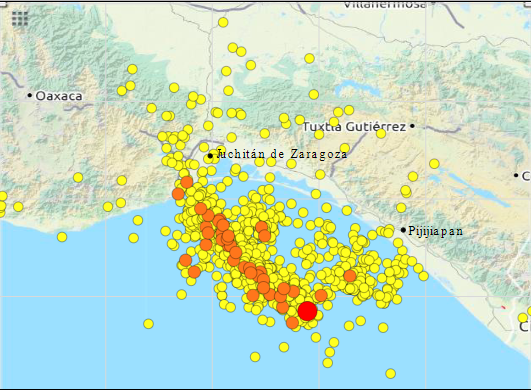EPJ B Highlight - Separations between earthquakes reveal clear patterns
- Details
- Published on 12 March 2020

A new analysis of real earthquake data shows that the similarity between inter-earthquake times and distances displays a distinct relationship with their separation from an initial earthquake.
When large earthquakes occur, seismologists are well aware that subsequent, smaller tremors are likely to take place afterwards in the surrounding geographical region. So far, however, few studies have explored how the similarity between these inter-earthquake times and distances is related to their separation from initial events. In a new study published in EPJ B, researchers led by Min Lin at the Ocean University of China in Qingdao show for the first time that the two values become increasingly correlated the closer they are in time and space to previous, larger earthquakes.
As one of Earth’s most familiar natural disasters, this new mathematical insight into the occurrence of earthquakes could better inform policymakers about how they should prepare for the disasters. The team’s work leads on from previous models, which were developed to understand the mechanisms and dynamics underlying earthquake occurrence following large, initial seismic events. Over a wide range of time and distance scales, Lin and colleagues revealed a strong ‘cross-correlation’ between inter-earthquake distances and times – a quantity describing the similarity between the two values as a function of their relative separation in time and space from an original event.
The researchers achieved their results through ‘detrended cross-correlation analysis’, performed on data gathered in the earthquake-prone regions of California and Sumatra between 1990 and 2013. Lin’s team also accounted for the evolution in cross-correlation over time, revealing that the relationship remains strong in the time following large earthquakes but weakens both before and after this period. Their insights could help seismologists to better understand the patterns which unfold after large initial earthquakes. In turn, this could enable governments and local communities to better safeguard their populations against the worst effects of large seismic events.
M Lin, J Qin, G Wang (2020), Multi-scale cross-correlation analysis of temporal and spatial seismic data, European Physical Journal B 93:48, DOI: 10.1140/epjb/e2020-100536-5




